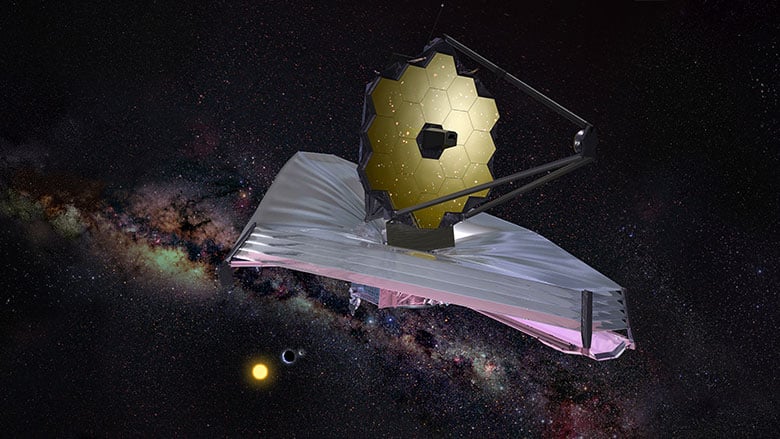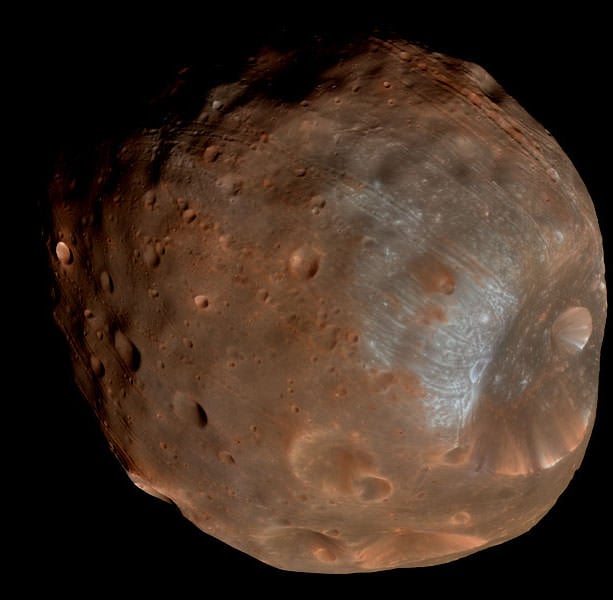
Continue reading

Blue Origin completed its 17th successful flight with their New Shepard launch vehicle today, which was also the spacecraft's 8th consecutive launch.
Continue reading

A study of the interstellar bodie 2I/Borisov aruges that the Oort cloud may consist more of alien objects than solar system objects.
Continue reading

Seismic waves in Saturn's rings reveal the strange interior of the planet within.
Continue reading

Continue reading

A new simulation has provided new insight into how supermassive black holes grow by feeding off of cosmic gas captured by the gravitational force of their galaxies.
Continue reading

Continue reading

Continue reading

Continue reading

Combining data from three Mars orbiter missions, a team of scientists have found undeniably proof that regional dust storms are contributing to water loss on Mars.
Continue reading

Continue reading

Continue reading

Continue reading

Continue reading

The rocket that will carry the James Webb Space Telescope to space later this year is on its way to the launch site!
Continue reading

Continue reading

Continue reading

A new animation shows how SpaceX's "Mechazilla" tower will be able to catch Super Heavy boosters and stack Starships onto them with less than an hour of turnaround time.
Continue reading

Continue reading

Continue reading

Continue reading

Bezos is still fighting for the HLS contract by claiming the Starship will require too many refueling missions, prompting Musk to respond.
Continue reading

Astronomers can determine the size of a black hole by the way it consumes nearby matter.
Continue reading

Continue reading

Continue reading

Continue reading

Continue reading

According to the recently released IPCC Sixth Assessment Report, climate change is going to get significantly worse if we don't seriously clean up our act (and soon!)
Continue reading

Continue reading

Continue reading

New research led by Rochester University has shown the Moon had a short-lived magnetosphere, which has implications for future lunar missions.
Continue reading

The birth of direct collapse black holes could be seen by radio telescopes in the near future.
Continue reading

Continue reading

An effect predicted in 1934 has finally been observed, creating matter from light alone.
Continue reading

The Perseverance rover failed to collect its first sample because the rock it tried to drill the sample from was too powdery.
Continue reading

Continue reading

Continue reading

Continue reading

Continue reading

Continue reading

Continue reading

Continue reading

According to a new study, humanity could become an interplanetary species in this century, interstellar by the 23rd, and intragalactic by the 24th.
Continue reading

Astronomers have found a young star that is very similar to our Sun, and it could tell us about the origin of life on Earth.
Continue reading

Continue reading

Continue reading

According to a new study by Harvard Professor Loeb and Amir Siraj, it would around 3000 years to hear a reply from an extraterrestrial civilization.
Continue reading

Continue reading

The Perseids, a rare eruption of nova RS Ophiuchi and a challenging dawn comet round out an amazing week of skywatching.
Continue reading

Continue reading

















































